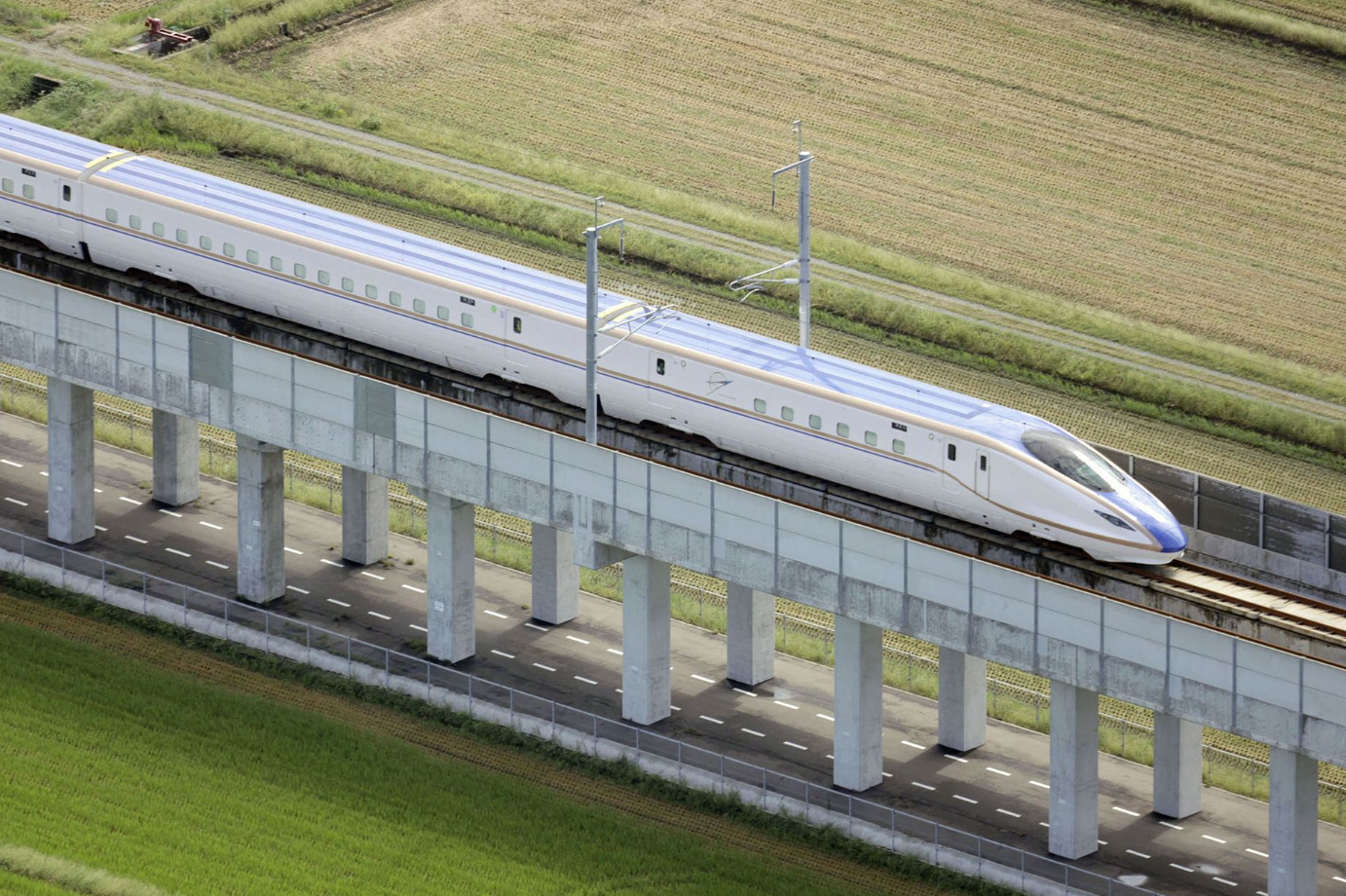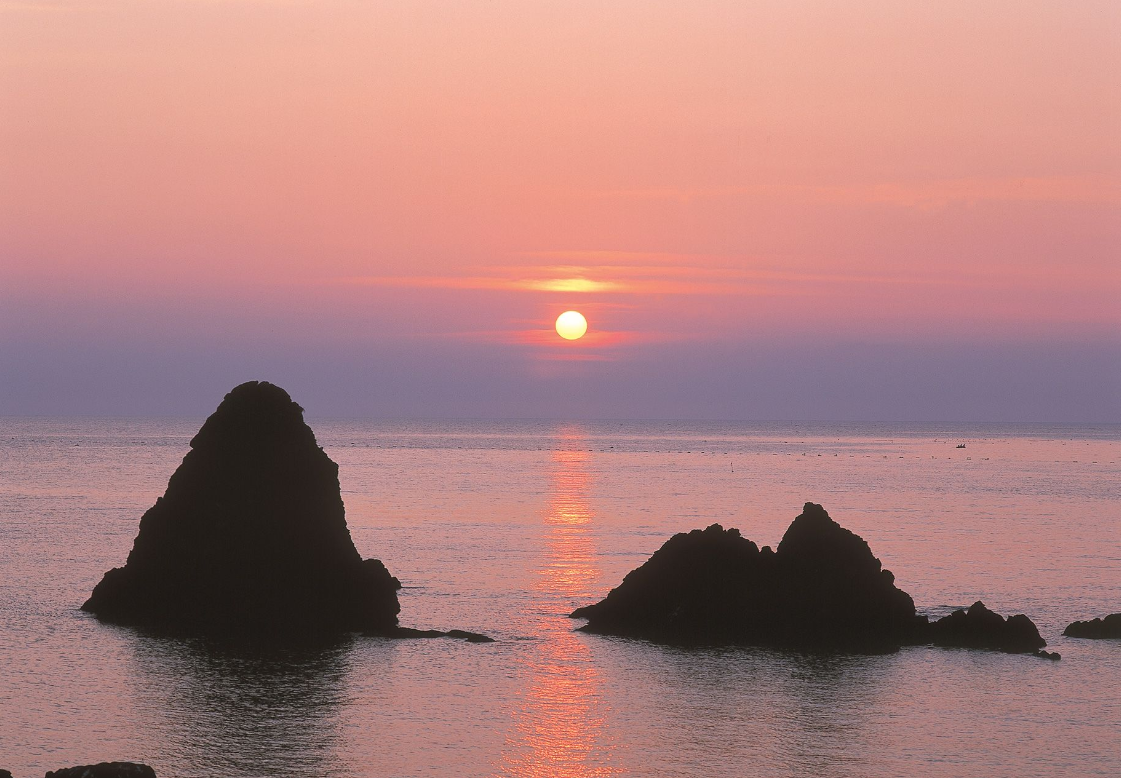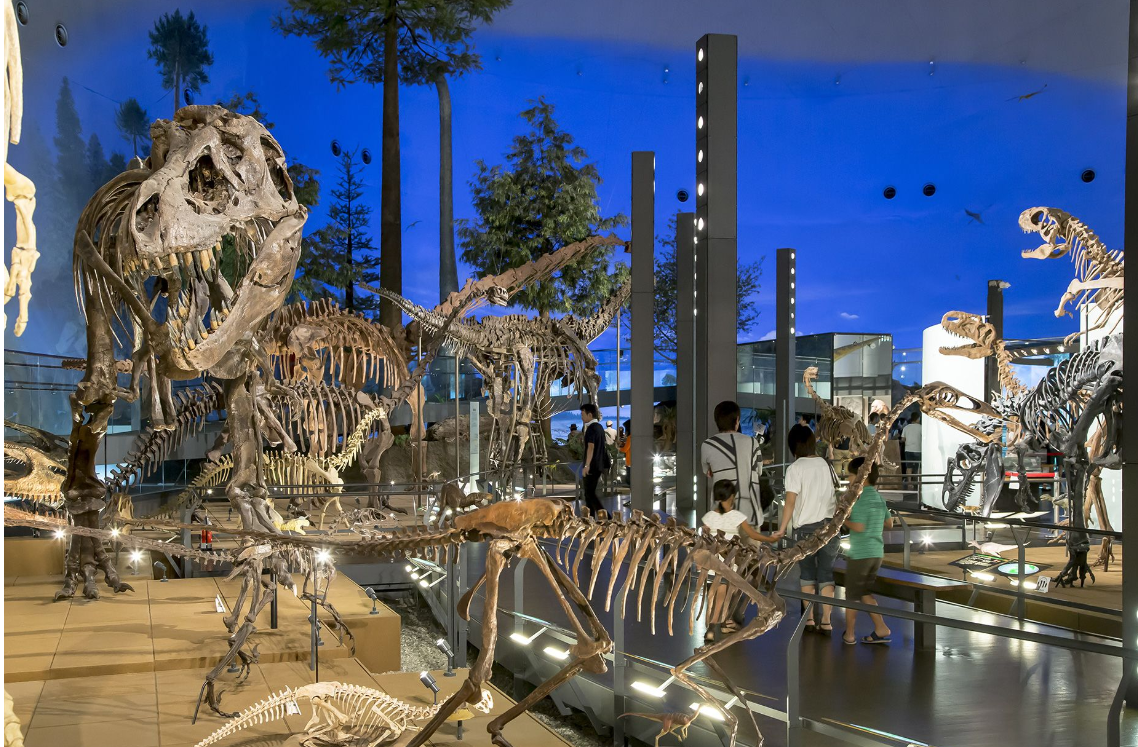Nestled between the towering Japanese Alps and the meandering coastline of the Sea of Japan lies one of Japan’s best-kept secrets: Hokuriku.
Comprising Toyama, Niigata, Ishikawa, and Fukui prefectures, this region was once a thriving hub during the Edo period but later fell into the shadows of Tokyo and Osaka.
However, with the upcoming extension of the bullet train connecting Tokyo to Hokuriku starting in March 2024, exploring this hidden gem is set to become more accessible than ever.


The Bullet Train Journey
The Hokuriku Shinkansen line, originally the Nagano Shinkansen for the 1998 Nagano Winter Olympics, was extended in 2015 to include Niigata and Toyama prefectures, terminating at Kanazawa Station in Ishikawa.
The new extension in 2024 will stretch to Tsuruga Station in Fukui, adding 125 kilometers of track and reducing travel time from Tokyo to Tsuruga to three hours and eight minutes.
“The opening of the Hokuriku Shinkansen has increased interactions between cities and expanded the flow of visitors for both business and tourism across the wide area,” says a representative from West Japan Railway Company (West JR).
- Fontainebleau Lights Up Las Vegas Strip With $3.7 Billion Strip Hotel
- Exploring Azerbaijan’s Rich History Through Its Forgotten Castles And Fortresses
- Discovering Peaceful Paradises, Luxury Escapes, And Sky-High Comfort In 2023


Tourism Boost in Ishikawa
Ishikawa prefecture experienced a significant boost in tourism when the bullet train extended to Kanazawa city.
In 2019, it recorded 3.3 million more tourists than the year before the extension.
“Since the opening of Kanazawa, the spillover effects have appeared and continued in various aspects, including a significant increase in the number of tourists,” says Yumiko Omoteguchi from Ishikawa prefecture’s tourism division.
Hot Springs and Ryokans
The extension aims to bring attention to the underexplored parts of Hokuriku, particularly its hot spring resort villages.
Omotegushi mentions that with the Shinkansen extension, they expect about 3 million overnight guests at the hot spring resorts by 2024.
Among these, KAI Kaga, a four-century-old onsen ryokan in Ishikawa, anticipates sharing the charms of Kaga with international visitors.
The ryokan, now managed by the Hoshino Resorts group, features regional craftsmanship, artisanal papercraft, dyed fabrics, and traditional performances.
Fukui’s Attractions
Fukui prefecture’s stations along the Shinkansen line, including Awara Onsen Station, Fukui Station, Echizen-Takefu Station, and Tsuruga Station, are expected to become popular destinations.
The Fukui Prefectural Dinosaur Museum, known for one of Asia’s largest dinosaur collections, has recently expanded.
Additionally, Sho-onji Temple offers a unique techno-Buddhist memorial service.
The director of the Fukui City Omotenashi Tourism Promotion Division, Yasui Masaki, sees the Shinkansen extension as a once-in-a-century opportunity to showcase Fukui’s offerings.
A commercial complex near Fukui Station, featuring a Courtyard by Marriott hotel and a three-story food hall celebrating local cuisine, is set to open by March 2024.


Encouraging Exploration Outside Urban Areas
With the new Shinkansen connection, Fukui hopes to attract more international tourists, especially those landing at Haneda or Narita airports near Tokyo
Nagata Tomohiro from the Fukui Prefectural Government International Tourism Office encourages travelers to explore beyond Tokyo, Osaka, and Kyoto.
For Sakura seekers, Fukui City’s Asuwa River boasts a two-kilometer stretch of cherry blossom trees.
Fukui is also an ideal base for visiting Maruoka Castle Park and Eihei-ji, one of Japan’s two-head Soto Zen Buddhist temples.
Other attractions include Nishiyama Park, Tojinbo’s cliffside rock formations, and the scenic Mikata Goko with its Rainbow Line road near Tsuruga Station.
New Bullet Train Expands Access To Japan’s Hokuriku Region, New Bullet Train Expands Access To Japan’s Hokuriku Region
